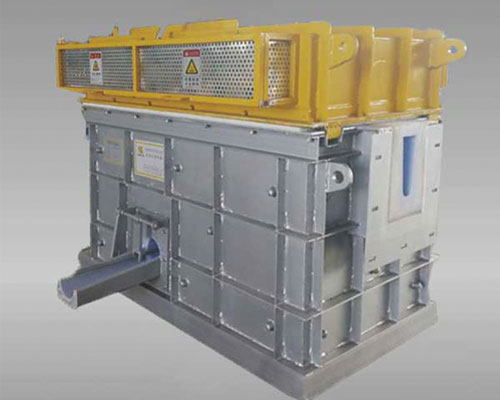Aluminum melting casting is that convert liquid aluminum into products through the batching, stirring, standing, refining, and slag scrapping. Aluminum is a group IIIA element in the periodic table of elements. It is an active metal second only to K, Ca, Na, and Mg. It can interact with oxygen, nitrogen, water vapor, and carbon dioxide in the air under high-temperature conditions. Aluminum melting casting is that convert liquid aluminum into products of aluminum ingots, bars, or other shapes through the processes of melting. The aluminum melting process includes batching feed, stirring, standing, refining, and slag scrapping. During the aluminum melting casting, aluminum and aluminum alloys will suffer different degrees of loss due to oxidation, refining, and drossing.
Aluminum Melting Casting Loss
The aluminum casting loss is the general term for non-recoverable metal loss and metal contained in aluminum slag. The main reason is oxidation, volatilization, and interaction with furnace walls and refining agents during the melting process.
The general calculation formula of casting loss is: (primary aluminum amount-finished product amount) / primary aluminum amount * 100%
The higher the casting loss, the less the finished aluminum product amount. For an aluminum enterprise with an annual output value of 100,000 tons, if the casting loss is reduced by one-thousandth of a point, 100 tons of aluminum products will be reduced. It will be considerable social and economic benefits, so how to effectively reduce casting losses is very important.

AdTech offers online degassing units, CFF filtering system, ceramic foam filters, casting launder, refining agents for aluminum foundry. They can effectively improve the quality of aluminum products, and reduce casting loss. The online degassing unit and CFF filtering system are installed in the furnace and casting equipment. They can remove the hydrogen (H) and slags from molten aluminum.
Features
- Thermal-shock resistant
- Easy to clean due to design
- Non-wetting for longer life
- Corrosion resistant
- Insulating

